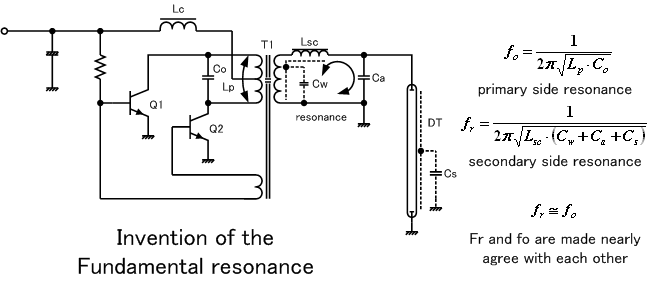thank you guys!
In my tests (pure tap water), the temperature was rising higher, because of my little water basin and the lack of ions in it. At around 140°F up to 176°F the reaction starts so I could turn up the voltage without current rise. At this point, I think the ionization at the cathode (- region) starts. So I see you have a plate cell, which distance does have the gaps between the plates?
Voltage leads the way and im talking about norm electrolysis with chemical in the water. OK, so what else is interesting is that Stan used just just water without additives.
Yes, he was using natural water. In fact natural water is hard to "crack" because there only a few ions in it. It works better with some soda or NaOH or something like that (I tried this several times). The sweet spot can be reached earlier with some chemicals inside.
Sometimes I tried clear deionized water, it was nearly impossible to hit the sweet spot. So I think for an early (and efficient regime) sweet spot we need more ions in the water bath. This disagrees to meyers statement that clear water works better, but he never said a word about the temperature. (Of course the starting current is much higher with chemicals inside). Because I think it also works with deionized water, but the temperature has to be higher. Anyway, it works also with tap water, depending on the temperature. (a little bit of chemicals don´t bother me
:) ).
During the ionization process, the free electrons are pulled to the anode. (+ region). As more voltage pulses hit the WFC, as more electrons are pulled to the anode during ionization. At the same time we are producing a high reactive gas with small current draw. I think there is a lot of atomic hydrogen inside the gas.
Every voltage puls which hits the WFC, gains more electrons to the anode. At the cathode we will have a lack of electrons. When switching the pulstrain off, this ratio of electrons is still there and so the WFC builds up a capacitor. This capacitor will discharge immediately on the water itself. (attachment step charge). In the diagramm clearly can be seen, that the voltage discharges like a capacitor when turning off the pulstrain. This discharge can be used for other devices or for the waterbath itself.
Stan wrote about a generated voltage up to 20kV inside the WFC. I think this was not created by the VIC itself. This was created inside the WFC because of high ionization and therefor a high accumulation of electrons at the anode (ratio of electrons regarding anode and cathode). Of course a higher voltage generated by the VIC reinforce the creation of free electrons. (In other WO international patents he wrote about 650V or something like that, generated by the VIC).
The ionization it self can generate very high voltages. This is caused of an avalanche effect which create much more free electrons.
http://en.wikipedia.org/wiki/Electron_avalancheSo the basic IMHO is, that we need this sweet spot first (Stan called this spot "Resonant Action" in his memos). The right voltage and temperature must be reached. In the second stage we can fo further turning up the voltage to a higher level, at the same time the current draw will go down. After generating as much free electrons as possible, we can turn off the pulsing and watch the water bath or measure it´s DC voltage.
:)From
http://en.wikipedia.org/wiki/Dielectric_breakdown this diagramm shows, where we are processing during the voltage raise.

So in zone 1 the WFC acts as a electrolyser. After zone1 we can rise the voltage up, without increasing of the current ("Resonant Action"). We should not go futher to zone3, because this will generate strong arcing between the plates and the amps grow expentionally! By reading his memos, he tried during "Resonant Action" to vary the pulsing frequency form a resonant circuit between the first Choke and the (now existing) capacity. But thats an other site. First I think it is important to reach the so calles "Resonant Action" state.
I think the end of zone1 is our sweet spot, where the phenomenon of amp restriction begins dramatically. We can turn up the voltage more and the amps will still be the same (or go further down a little bit). This region is our "working region" for high ionization and generating a lot of free electrons. In my test I reached the sweet spoat around 110V DC. When working at 110V DC for a while, it is possible to turn down the voltage to 80V or something like that, depending on the temperature.
Maybe someone say, this is not Stanley Meyer style, but it all accords to the patents and the diagramms of Stanley Meyer. And we saw in the diagramms, that one goal was, to generate free (smiling
:D ) electrons and deflect them to the anode (drawing). So here we are!
;)

